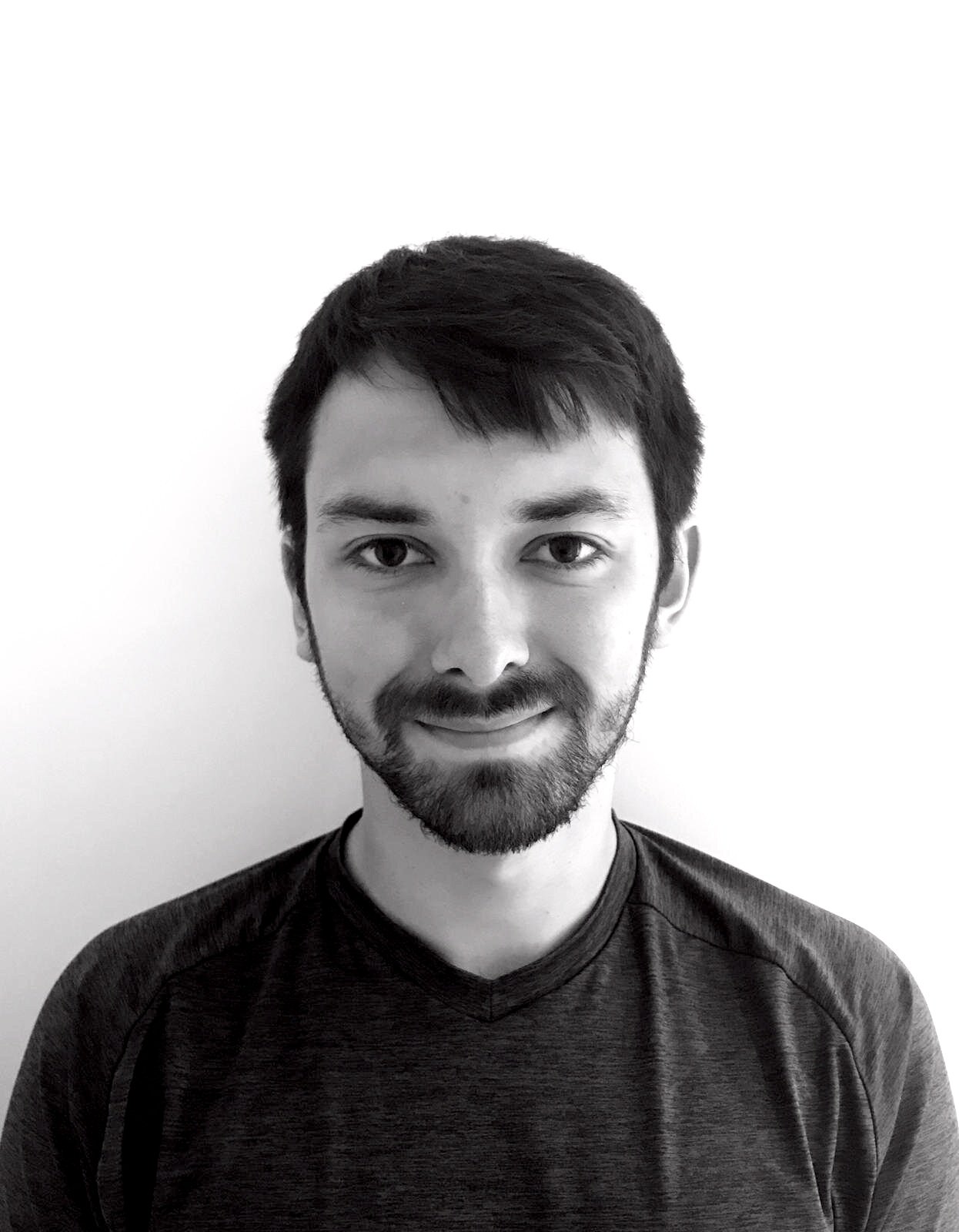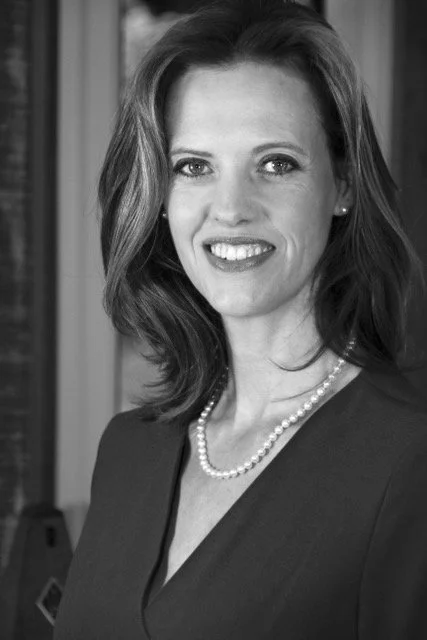Pilates - the Principle of Control
Joseph Pilates named his new movement practice “Contrology” - it’s only later that it became known as Pilates.
Control is at the heart of Pilates movement. Control doesn’t mean being stiff or restricted, but improving range and strength by not allowing masking compensatory movement.
What does the control look like in practice?
In standing, lift your arms forwards and up to the ceiling. Did the tops of your shoulders lift up too? Your arms feel like they will lift higher this way, but instead it involves muscles that tense the shoulders and make the movement more awkward. Lifting the arms whilst keeping the shoulders down is harder, and it may not feel like they move as much. Controlling the shoulders, however, promotes a better position for the arm in the shoulder socket and it will move more freely. Your movement will become more fluid, instead of getting stuck.
With the same lifting of your arms to the ceiling, also notice your back - do you feel anything in your lower back when you lift your arms up? Then you have let your ribs push forward with the movement of your arms, which gets your lumbar muscles working. Again, it makes it feel like you are getting more lift of the arms, even if your shoulders actually can’t move your arms so high - the lower back compensates for the lack of movement elsewhere. Keeping your spine the same with your arms lifted as when your arms are down, is possible with a strong core.
This is how you’d do this movement whilst applying the Pilates principle of control:
* Stand with your feet hip distance apart from each other, toes pointing forwards, knees unlocked
* Breathe in as you lift your arms forward.
* Breathe out, feel your waist drawing into the middle, lift your arms to the ceiling. Keep your back long, strong and still.
* Check that your shoulders are staying down and that your elbows are straight (but not locked). Nothing moves apart from your arms and shoulder blades.
* Move your arms back down - with control, your head and eyes stay lifted
Good luck with becoming more aware of how your body moves!































